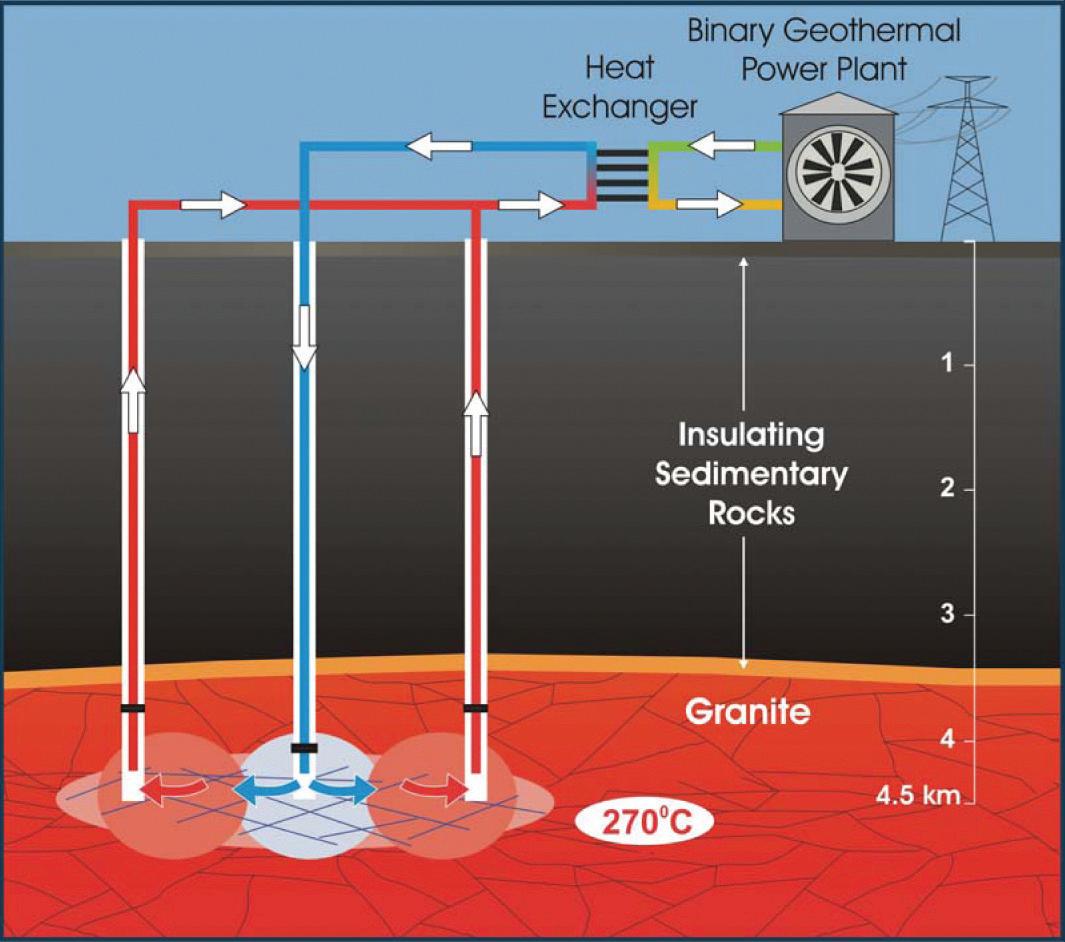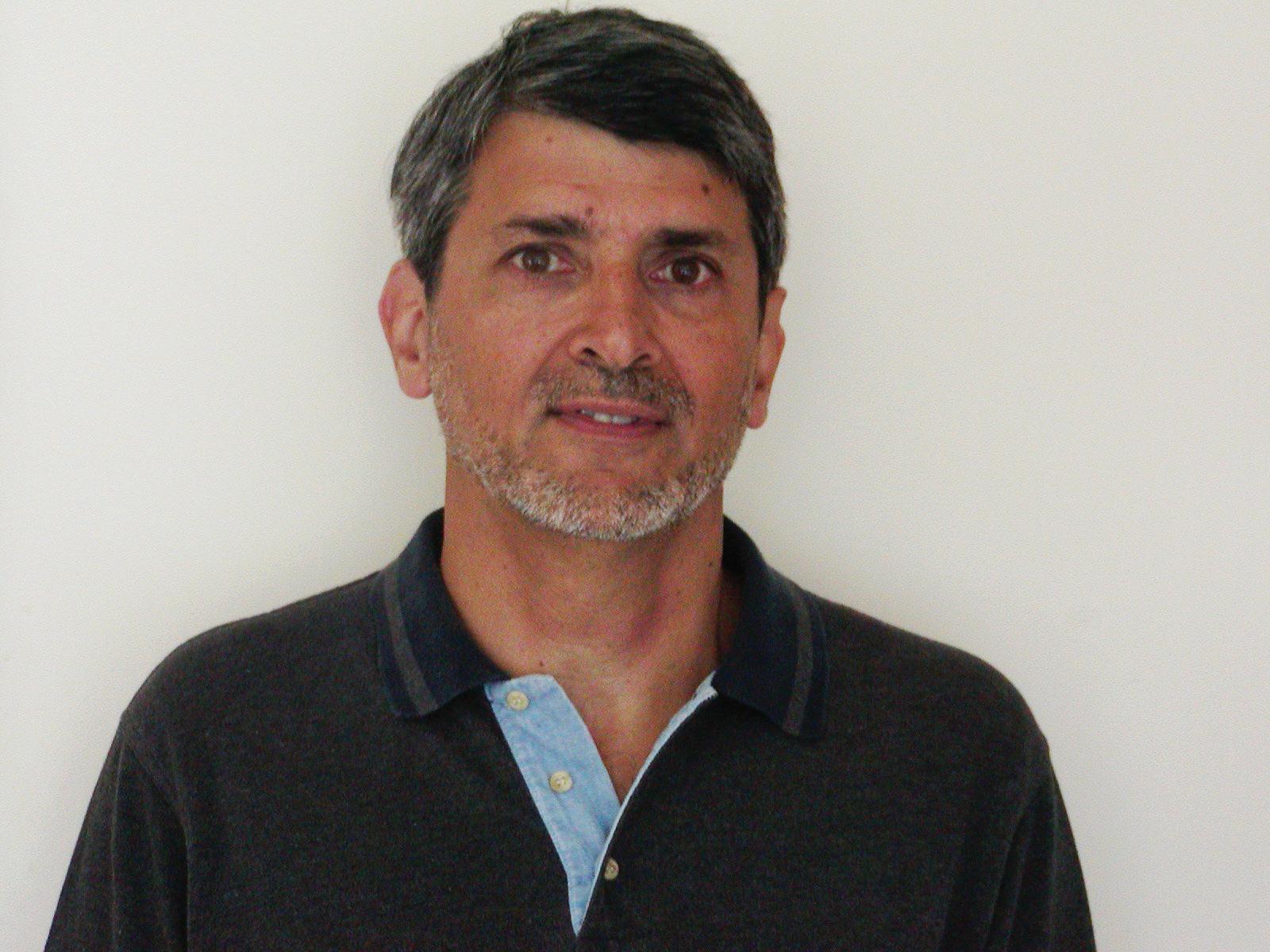
5 minute read
A Future Maker
from 2010-12 Melbourne
by Indian Link
Finding a way to create sustainable energy that is environment friendly has been challenging, but achievable
BY JYOTI SHANKAR

Some time ago, I watched a fascinating movie called The Future Makers, directed by Maryella Hatfield, which tells the story of key Australians leading the way in the field of renewable energy technology. I was thrilled to realise that one of the scientists leading the way in making geo-thermal energy possible was Dr Prame Chopra, cofounder of Geodynamics Ltd. Dr Chopra is a secondgeneration migrant of Indian origin whose father came to Melbourne way back in 1948 as a student, when Indians were a rarity around Australia. He agreed to speak to Indian Link from his home in Canberra, sharing the journey of how he made his childhood interest in collecting minerals, gemstones, rocks and love of the environment combine, to discover a way of creating sustainable energy from the depths of the earth.
Geo-thermal energy, or heat energy from the earth, conjures up pictures of hot molten lava, volcanoes and hot springs, but this is merely the conventional geothermal energy. Before Australia, this source of energy has been exploited for many years by countries like Italy, New Zealand, the US and Japan. Dr Chopra’s research was in another form of geo-thermal energy, that which is hidden in the hot rocks of earth’s crust, also called ‘Enhanced Geo-thermal Systems’ energy. We do not have sources of conventional geo-thermal energy like those just mentioned which occur along geological plate boundaries, as the Australian continent sits rather on the centre of the Indo-Australian plate. The granite here generates heat from the radioactivity within, but if you were to drill a hole a few kilometres into its depth, you wouldn’t get a hot gush of steam and water. So how do we capture this heat efficiently? That was the question.
It was found that if cold water was pumped in at high pressure, it gets heated as it circulates through fractures in the rocks and can be brought back to the surface to generate electricity from the steam, the water being reused for pumping in again. It works in a closed loop, making it a very efficient and sustainable way of generating electricity (see picture, Geodynamics Limited).
Though many countries have researched this technology, Australia’s geological makeup makes it ideal for commercialising hot rock geo-thermal energy, and it will soon be the first country to do so
One cubic kilometre of hot granite at 250 degrees centigrade has stored energy equivalent to 40 million barrels of oil. Though many countries have researched this technology, Australia’s geological makeup makes it ideal for commercialising hot rock geo-thermal energy, and it will soon be the first country to do so. Dr Chopra was actively involved in the early mapping of high heat producing granites found within 3 to 5 kms of the earth’s surface, but has now handed it over to Geoscience Australia, the national geographical survey organisation, which has been working on producing better maps.
A University of Queensland (UQ) researcher, Dr Tongu Uysal, during his studies of the Cooper Basin has found evidence of a major asteroid impact that occurred more than 300 million years ago. He noticed unusual ‘planar deformation features’ in the quartz grains in the rock. He said that the impact of an asteroid may have triggered a huge explosion which caused the ground water to boil and induce chemical and mineralogy changes in the surrounding rocks which has made the Cooper Basin such a rich source of geothermal energy today.
Geodynamics has completed Stage 1 of its project which is delivering ‘proof of concept’. A 1 megawatt (mw) plant now supplies energy to the small town of Innamincka about 10 kms away from their plant in South Australia’s Cooper Basin. They are now into Stage 2 which is delivering a commercial scale plant of 25mw.
This will prove that the concept works for a price that is practical, estimated at $100/mw. To put things in perspective, Dr Chopra explains that coal is available at a far cheaper price of $25 to $30/mw, but that does not include the cost of emission of CO2. When they have to pay for carbon emissions, the real price of coal will emerge and that is when renewable energy becomes attractive. A big advantage for geothermal energy is that unlike wind and sun energy, it is available 24 hours a day.
Stage 3 which will be the large scale generation of power won’t happen until 2018, but investors as well as the government have placed their faith in this renewable technology. The company received a grant of $90 million, the single biggest given to one company, from the federal government kitty of $500 million, distributed under its Renewable Energy Development Program. Over the past 10 years shareholders have raised another $300 million. Origin Energy is now a joint-venture partner. It is interesting to note that that Tata Power is now one of the largest shareholders in Geodynamics; part of the agreement for coming on board was that Geodynamics would work with India in exploring this technology. Dr Chopra explains that geologically India and Australia are very similar, being part of the same Gondwanaland before the land broke up and masses drifted away.
The process from research to implementation has not been an easy one. The main lesson Dr Chopra says he learnt was that it is necessary to partner with the right people. “You need to find people to work with you on your ideas, those who value their reputation more than they value their ability to raise money,” he says. “Then to make an idea work, you not only need government support, but the project should make economic sense.”
Enhanced Geo-thermal Systems energy can hardly compete with cheap coal unless the cost of carbon emissions is factored in. “Investment will come into renewable technologies when there is a level playing field,” claims Dr Chopra. He feels that the government’s target of 20% renewable energy by 2020 seems almost impossible to achieve at this stage, but there is now clearly a lot of interest in renewables. “The best thing about geo-thermal energy,” says Dr Chopra,“is that it uses the same technology as oil and the skills are easily transferable. So people are not going to be put out of work but instead, they can work on cleaner, environment-friendly technology.”
For any new technology, reckons Dr Chopra, there is always a long period of development. There is often a sudden frenzy of activity when it becomes commercial. In fact, the success of Geodynamics’ project near Innamincka has resulted in many other companies taking out exploration licenses for hot rocks in a number of states. “One can see this trend in solar energy too,” he says. “Following long lead times and high costs when the technology was new, solar energy costs are now coming down.”

Dr Chopra tries his best to be environmental friendly in every aspect of his life too. He rides a bicycle to work and has solar panels installed on his rooftop.
“Being interested in earth science and interested in the environment, geo-thermal was the only way to go for me. Coal, gas, oil, minerals all cause pollution in one way or the other. Then I had the needed high level IT skills, GIS (Geographic Information Systems) and databases skills and also the typical Indian ability with business,” he adds with a laugh.










